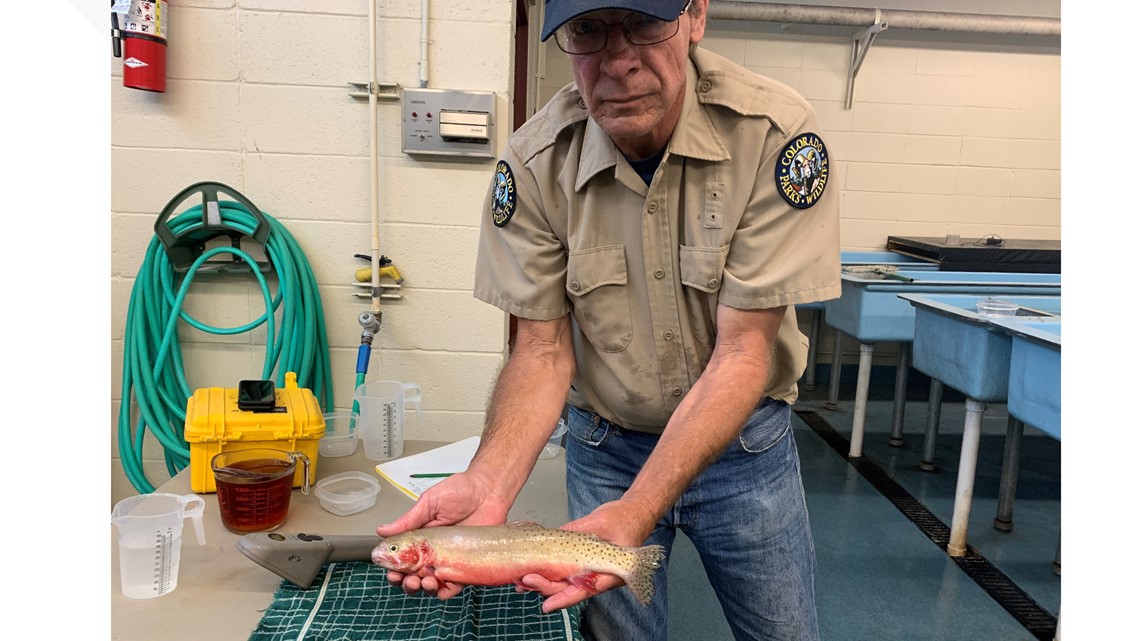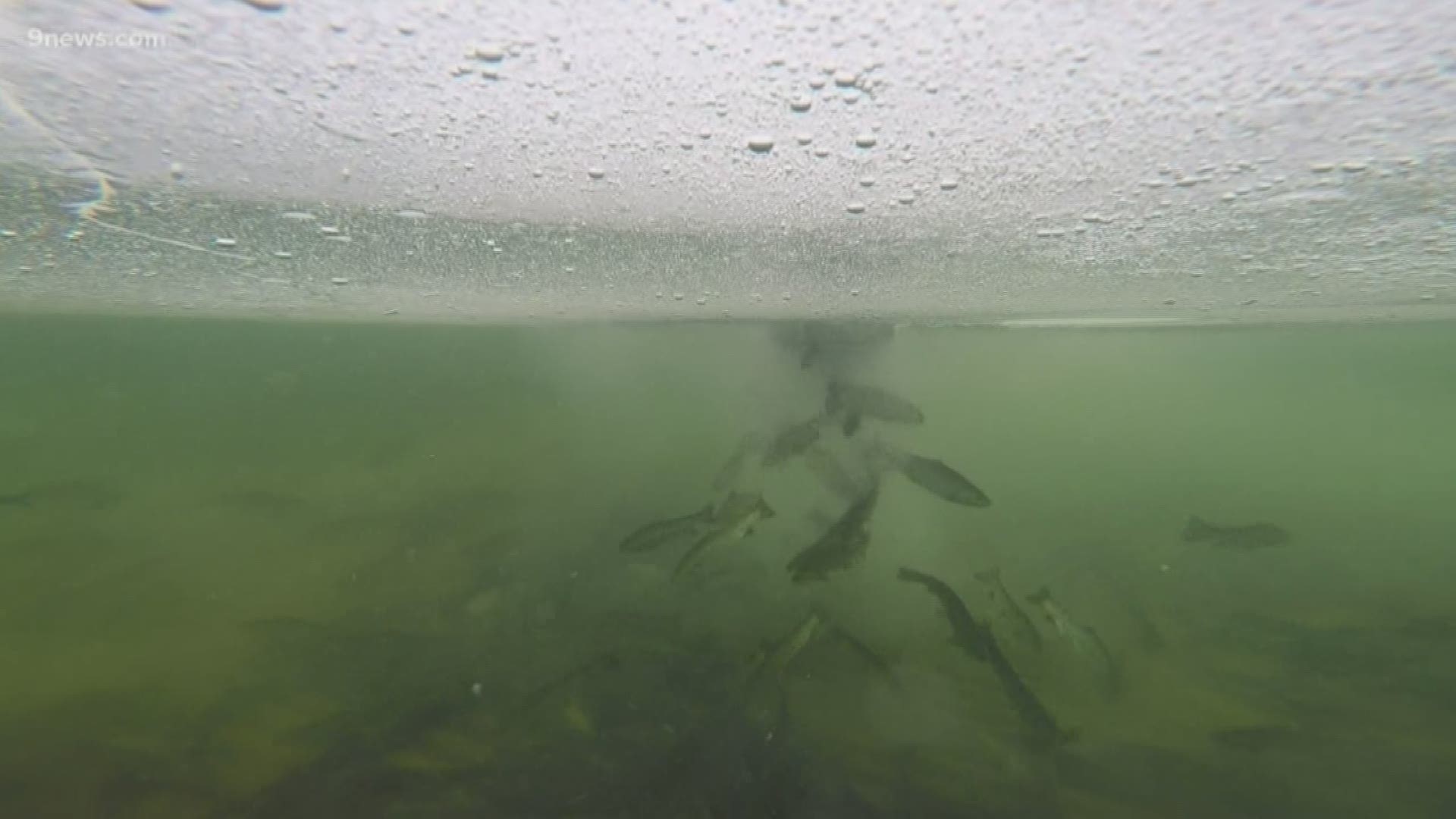DURANGO, Colo. — After nearly two years, a unique species of cutthroat trout have spawned for the first time since they were rescued from a stream during the 416 Fire.
>> The video above shows how Colorado Parks and Wildlife stocked 12,000 trout into Eleven Mile Reservoir.
According to Colorado Parks and Wildlife (CPW), in the 1980s and 1990s, biologists found cutthroat trout in eight southwest Colorado backcountry streams that they believed had unique generic characteristics.
Then in 2012, researchers from the University of Colorado went to the Smithsonian National Museum of Natural History where they found preserved trout specimens that had been collected from the San Juan River near Pagosa Springs in 1874.
These preserved fish also has unique generic markers specific to the San Juan River Basin, according to CPW.
In 2018, CPW scientists confirmed the genetic markers in the 1874 trout matched the markers found in the fish that had been recently found in the wild.


They made a plan to start propagating the unique fish species, but CPW said the 416 Fire pushed that program along.
The 2018 wildfire burned an estimated 84 square miles of mostly U.S. Forest Service land in the Hermosa Creek watershed in southwest Colorado near Durango.
Biologists were worried that sediment and ash from runoff would kill fish in the streams, so CPW said they went into the area to capture the fish and bring them to a hatchery in Durango.
According to CPW, 54 San Juan cutthroat trout were rescued.
Last year, the fish did not produce any spawn and some of the fish died, worrying biologists, CPW said.
But this year, the hatchery saw a spawn marking a major milestone in the restoration effort.
“We’re not getting a lot of eggs, but enough to provide some for a limited amount of stocking and some to start a captive population that will be sustainable,” said Durango Hatchery Manager Toby Mourning.
The fertilized eggs are expected to hatch by mid-summer, CPW said.
Once they hatch, some of the fingerlings will be placed in backcountry streams and others will be held at the hatchery to start a sustainable brood stock.
SUGGESTED VIDEOS | Feature stories

